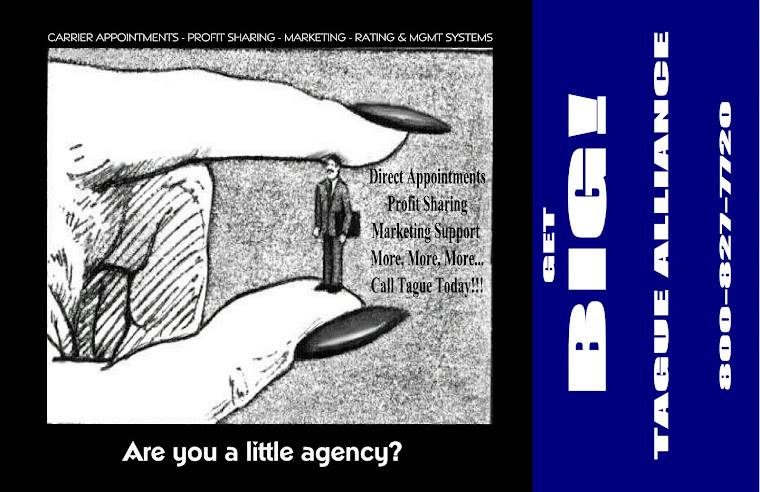Source Philadelphia Insurance Company
HIRED AND NON-OWNED AUTOMOBILES
Type of loss:
Bodily injury cases in excess of $1,000,000
Line of Coverage(s) involved in loss:
Hired and Non-Owned Automobile Liability (HNO) coverage
Description and narrative of the loss:
Four losses involving personal vehicles operated on company business:
• Organization incurred a $1.3M auto liability loss resulting from over-loading a 15-passenger van with luggage. An employee of the organization was driving the top-heavy van when it rolled, fatally injuring one passenger and severely injuring the other twelve.
• An employee of a social service agency was operating his personal vehicle, struck a middle-aged pedestrian moving in a crosswalk. Liability loss exposed the organization to a lawsuit and damages of $1.1M.
• Rental vehicle, operated by a policyholder employee, struck a motorcyclist while attempting to execute a left-hand turn. Motorcyclist died and the organization was sued; damages were in excess of $1M.
• Another motorcyclist was struck by an employee driving to a non-profit business meeting. The driver executed an improper U-turn killing the cyclist. Lawsuit resulted in a loss excess of $1M.
What controls were missing that would have prevented or lessened the loss?
Organizations often miss or under risk manage exposures related to the use of personal or “non-owned” vehicles for organization or company business. Whether you have an associate or volunteer “running an errand” to pick up office supplies or staffer transporting a consumer or others in their personal vehicle, the organization is ultimately responsible for the consequences of their driving. Be certain that individuals assigned to the task are screened, trained and have adequate insurance coverage. Errands and rental situations are a part of today’s business world. Let’s look at some of the basic elements of sound loss control aimed at mitigating non-owned auto loss.
Written Procedures
• Screening procedures were limited during new hire and subsequent to; motor vehicle records (MVR) checks were not conducted annually; MVR indications revealed driving infractions on one driver.
• Company Policy was missing in all of the above cases by not outlining the use of personal vehicles and what was expected of the employee regarding personal car insurance “liability limits”. This lack of planning resulted in the organization’s coverage to pick up “as excess” where personal auto policy limits were exhausted.
• There was more than one instance where personal vehicle coverage’s were basic having well less than the desired limits but while still meeting minimum statutory requirements.
• Pre-trip inspections were not completed in one case. Tires on the van that rolled over were under-inflated. There was no pre-trip vehicle inspection that day. A homemade roof rack loaded down with 1,800 pounds of luggage and gear quite possibly lead to greater instability due to the much higher center of gravity of the van and the roof mounted load.
Training
• There was some instruction but mostly geared towards on the road procedures, what to do in case of an accident, distraction policies, etc. Training typically was geared towards drivers of company vehicles.
• Weak documented efforts in defensive driver training or demonstration of such trained techniques during a road evaluation.
What recommendations apply?
DRIVER SCREENING & QUALIFICATION - Screen all drivers. Screen those that drive organization vehicles as well as those employees who may on occasion or regularly operate personally owned vehicles. Obtain (MVR) data at least annually and compare to best practice guidelines per the criteria in the Technical Bulletin provided on the main page.
PERSONAL INSURANCE - Develop and establish a policy requiring employees and volunteers to maintain adequateliability limits on their personal auto policies. The preferred limits should be at least $300,000 unless the person is transporting clients, in which case the limit should be $1,000,000.
DRIVER TRAINING - Provide all drivers with a course in defensive driver training to review fundamental techniques of collision avoidance by recognizing road hazards, understanding defensive measures and having the skill and time to act. Philadelphia Insurance Companies has a FREE web-based interactive Defensive Driver Training Course available through www.losscontrol.com.
ROAD EVALUATION - Develop and maintain a road evaluation process. This process involves drivers taking the defensive driver course and demonstration of those learned skills in an “on the road environment”.
VEHICLE INSPECTION - Develop policies of regular and documented vehicle inspection. Inspect vehicles before and after every trip. Follow through on vehicle condition reports and repair or replace defects as needed.
Other tips:
• Restrict and limit personal auto use where possible! Strive to provide and make use of agency vehicles for medical appointments, deliveries or pickups or anytime consumer transport is required.
• Review all employees and volunteers using their personal vehicles for agency business. Treat them just like any staff member using an agency vehicle would be screened. Verify backgrounds, including driving records for the past five years, even if the worker lived in a state different from where employed.
• Develop policies where all drivers follow agency’s standard policies and procedures when using personal vehicles; (i.e., driver eligibility, use of seatbelts, etc).
• Employees and volunteers using a personal vehicle should provide proof of insurance, confirmation that there are no exclusion regarding vehicle use, proof of inspection and the agency should determine appropriateness of personal vehicle (i.e.,condition, type, etc).
• Implement periodic checks on employees’ and volunteers’ personal insurance and require copies of their declaration showing limit of liability carried.



No comments:
Post a Comment
Note: Only a member of this blog may post a comment.